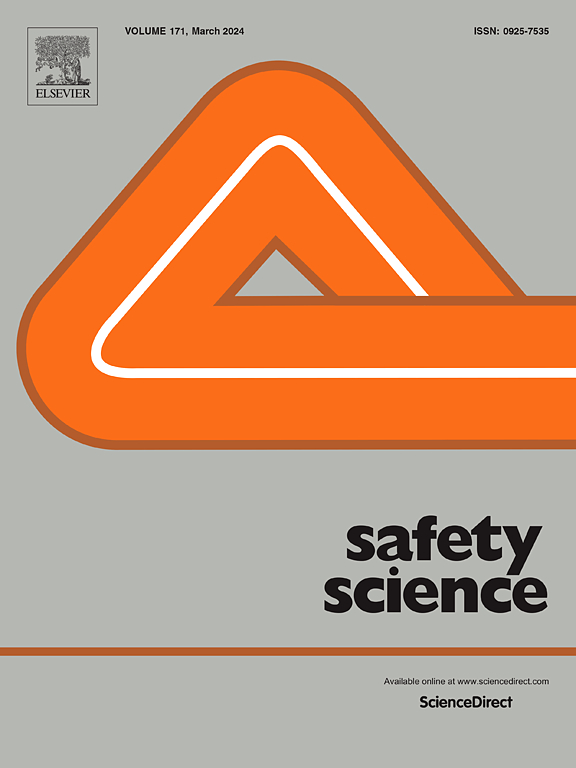Could drivers be deemed impaired based on prior sleep duration? Community and stakeholder perspectives
IF 4.7
1区 工程技术
Q1 ENGINEERING, INDUSTRIAL
引用次数: 0
Abstract
Vehicle crashes caused by drink driving and speeding have decreased markedly in recent years due to enforcement strategies and specific guidance on ‘how drunk is too drunk’ and ‘how fast is too fast’. However, fatigue-related vehicle crashes have not declined, likely reflecting both a lack of clear guidance on ‘how tired is too tired’ to drive, and the lack of a relevant legislative framework. A two-phase qualitative study was undertaken with community members (focus groups; n = 33) and road transport industry stakeholders (interviews; n = 28). Participants were asked to (i) identify how much sleep they believe is required to drive safely, (ii) describe how they would respond to the introduction of regulations regarding ‘deemed impairment’ with respect to driver fatigue, and (iii) provide insight into how such legislation could be implemented. Most participants believed that it may be appropriate to require at least 5 h of sleep prior to driving and were supportive of fatigue-related deemed impairment legislation, but were concerned about how such legislation would operate in practice. Critically, all participants strongly supported the development of a public education campaign providing clear guidance on how to determine whether one is ‘safe to drive’ based on prior sleep (i.e., ‘how tired is too tired’). Based on these findings, there may be reasonable support for policy makers and ultimately politicians to progress legislation that deems drivers to be impaired based on prior sleep duration. Perhaps more critically, participants identified a clear need for a strong public education campaign.
求助全文
约1分钟内获得全文
求助全文
来源期刊

Safety Science
管理科学-工程:工业
CiteScore
13.00
自引率
9.80%
发文量
335
审稿时长
53 days
期刊介绍:
Safety Science is multidisciplinary. Its contributors and its audience range from social scientists to engineers. The journal covers the physics and engineering of safety; its social, policy and organizational aspects; the assessment, management and communication of risks; the effectiveness of control and management techniques for safety; standardization, legislation, inspection, insurance, costing aspects, human behavior and safety and the like. Papers addressing the interfaces between technology, people and organizations are especially welcome.
 求助内容:
求助内容: 应助结果提醒方式:
应助结果提醒方式:


